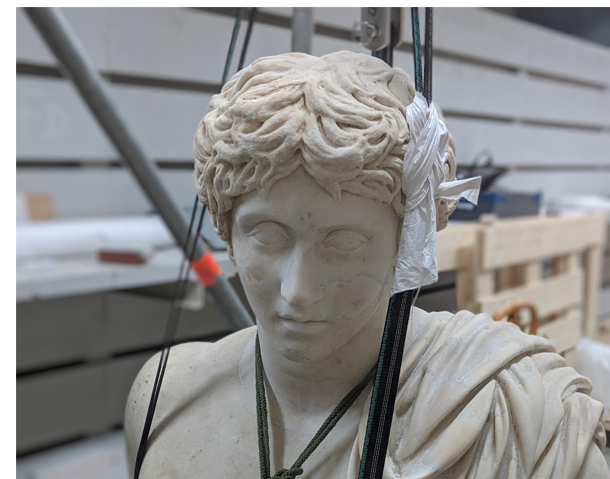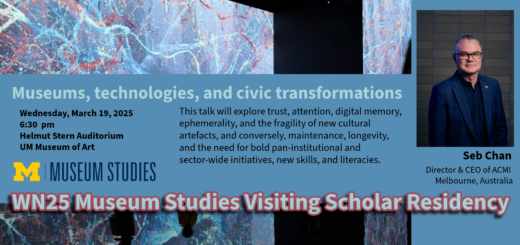At the Intersection of Time and Culture: Reflections on Researching Ancient Sculpture in the Present-day Louvre

Presenter: Zoe Ortiz (PhD candidate, Classical Art & Archaeology)
The Louvre Museum is perhaps the most well-known museum in the entire world. To walk its halls and view its art is more than visiting a museum, it’s experiencing history itself. The museum came into existence as a fortress in the 12th century but was transformed into a private gallery for the royal collection in the 17th century, and then finally a public museum during the French Revolution. The collection was greatly expanded under Napoleon, and it was at this time that the Gabii sculptural assemblage entered the Louvre and became the cornerstone of the Roman sculpture collection.
In this talk, I discuss the ancient site of Gabii, the sculptures that once stood there, and their journey at the Louvre. I explore the relationship between present perceptions and ancient praxis, as well as the transformation of our knowledge and approach to ancient art that is still occurring today. By sharing my reflections during my time at the Louvre, I hope to invite others to consider how we all play a part in this transformation by viewing ancient art in the present, setting the stage for future change.


